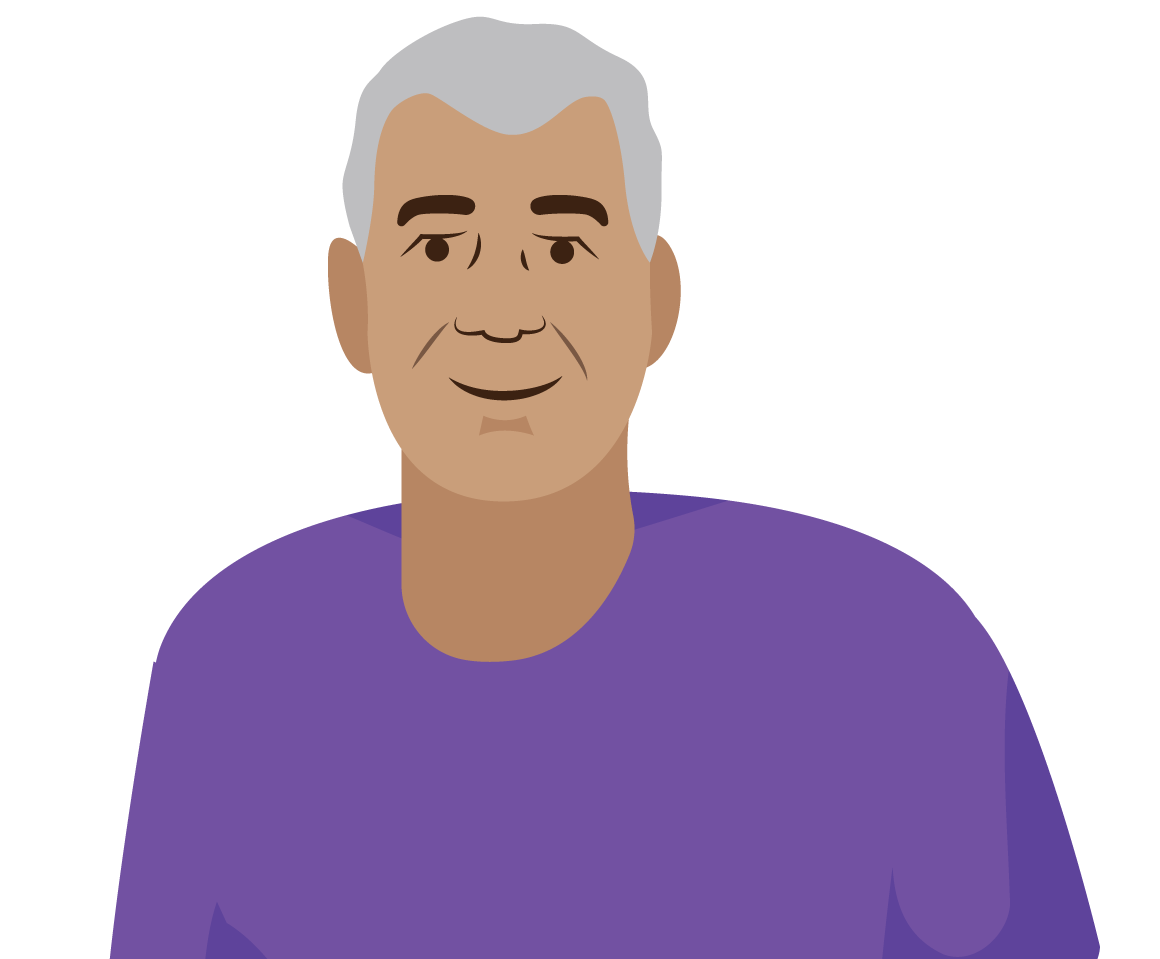1. Assess

Once the screening is done and the motor functions and mobility rehabilitation pathway is selected, perform the initial assessment (Assess A).
Remember the WHO Rehabilitation Screening Tool that helps to decide which rehabilitation pathway is most appropriate for the person?
If the person answers ‘YES’ to
Do you have difficulty with movement and using parts of your body? Then the motor functions and mobility rehabilitation pathway is selected.
For more information about the rehabilitation screening tool see the introduction to rehabilitation module.

Motor functions and mobility assessment
The motor functions and mobility assessment (Assess A) can assist health professionals to identify the care modules for providing rehabilitation
There are five (5) care modules under the Motor functions and mobility rehabilitation pathways:
- Range of motion
- Muscle strengthening
- Gait / walking
- Posture / positioning
- Transfers.

Motor Functions and Mobility Assesment
For Identification of Care Modules (Assess A)

The initial assessment of the motor functions and mobility pathway aimed at identifying the Care Modules includes:
- Ask the person: Questions to ask the person
- What you might see: Difficulties you may observe.

If the person answers yes to any of the questions, or you observe any of the difficulties listed, the general assessment includes recommended motor functions and mobility modules to follow.
Range of motion
Ask the person:
Do you have difficulty moving any of your joints, such as your shoulder, elbow, wrist, knees or ankles?
Do you have any stiffness in any of your joints?
Observations relating to range of motion include difficulty:
- Walking
- Opening and reaching their hand to open a door or shake your hand

If the person answers yes, or you observe the relevant difficulty, proceed to the range of motion module

Muscle strengthening
Ask the person:
Do you feel that your muscles are weak such that you are unable to complete your everyday activities?
Observations relating to muscle strengthening include:
- Difficulty walking
- Difficulty standing up from sitting down
- Holding onto a family member when walking into the room
- Difficulty holding onto objects, lifting or passing objects to you.

If the person answers yes, or you observe the relevant difficulty, proceed to the muscle strengthening module

Gait/Walking
Ask the person:
Do you have difficulty walking inside or outside?
Observations relating to gait/walking include:
- Slow walking
- Holding out arms to balance or grab hold of something to stop them from falling over.

Posture/Positioning
Ask the person:
Do you have difficulty maintaining a neutral posture or positioning when lying, sitting or standing?
Observations relating to posture/positioning include:
- Difficulty sitting without back support, holding on tightly to arm rests or the bed while sitting
- Difficulty standing upright or tilted to one side while standing
- Lying down with arm hanging on the side of the bed,
- Body hyperflexed or hyperextended in bed.

If the person answers yes, or you observe the relevant difficulty, proceed to the posture/positioning module

Transfers
Ask the person:
Do you have difficulty maintaining a neutral posture or positioning when lying, sitting or standing?
Observations relating to posture/positioning include:
- Difficulty sitting without back support, holding on tightly to arm rests or the bed while sitting
- Difficulty standing upright or tilted to one side while standing
- Lying down with arm hanging on the side of the bed,
- Body hyperflexed or hyperextended in bed.

If the person answers yes, or you observe the relevant difficulty, proceed to the posture/positioning module

Transfers
Ask the person:
Do you have difficulty moving in bed or getting into or up from your bed or chair?
Observations relating to transfers include:
- Difficulty sitting down or standing up
- Standing up from a chair using the arm rests
- Being pulled up by a carer or family member
- Pulling on a walking frame while sitting down or standing up from a chair.

If the person answers yes, or you observe the relevant difficulty, proceed to the transfers module

